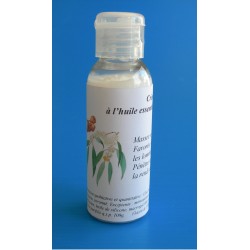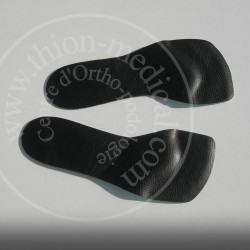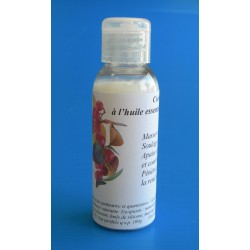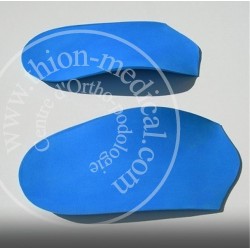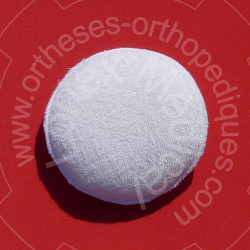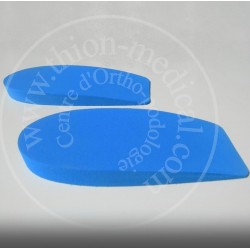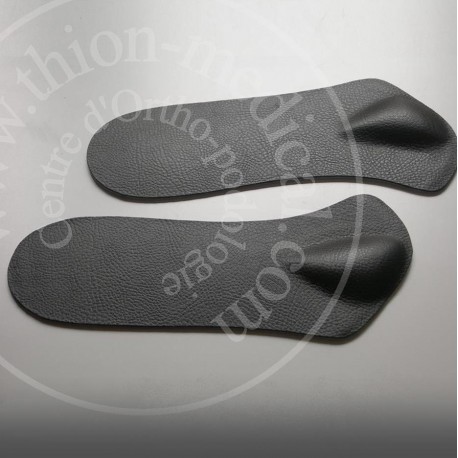
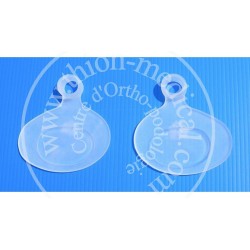
Appelez-nous au : 02 47 65 00 74





Semelles pour soulager les douleurs des 2ème 3ème et/ou 4ème orteils
Conditionnement: 1 paire
Adaptées aux chaussures de ville
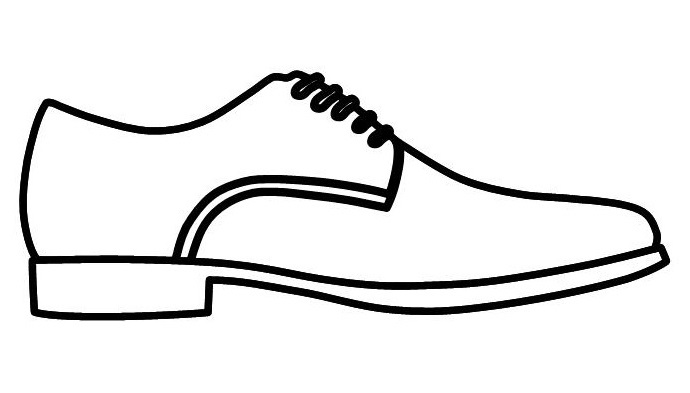
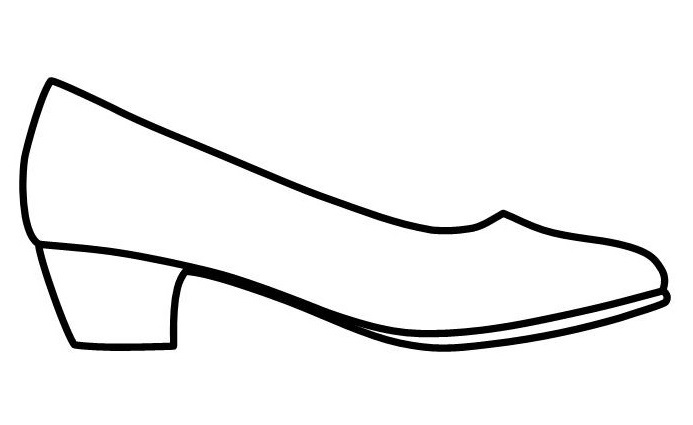
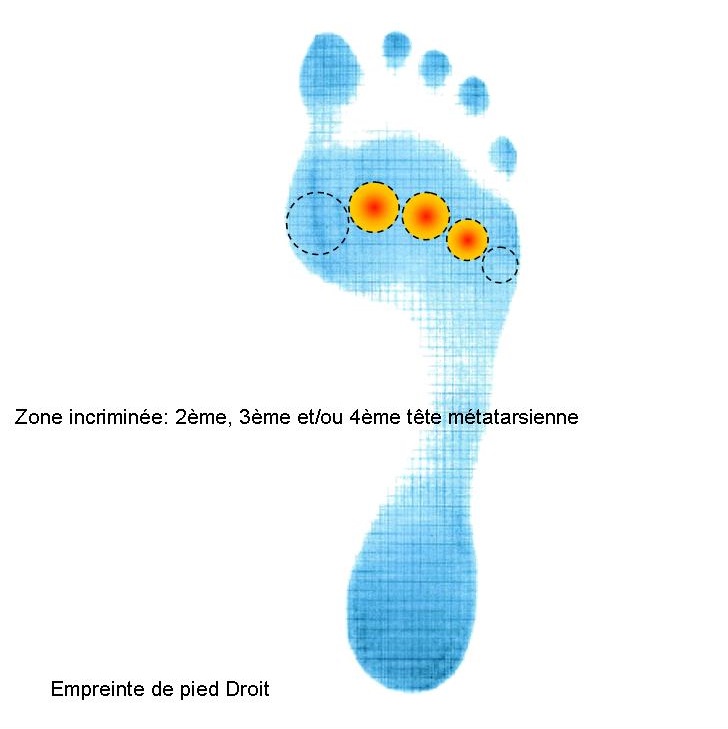 Pour les douleurs correspondant essentiellement au syndrome du névrome de Morton ou maladie de Morton et aux Métatarsalgies médianes.
Pour les douleurs correspondant essentiellement au syndrome du névrome de Morton ou maladie de Morton et aux Métatarsalgies médianes.
Les semelles METASTAR sont particulièrement efficaces pour soulager ces 2 types de douleurs associées à ces troubles biomécaniques du pied.
Conçues en demi-semelles ultra fines avec élément en mousse de latex Rétro Capital Médian, c'est à dire juste en arrière des 2ème, 3ème et 4ème têtes métatarsiennes.
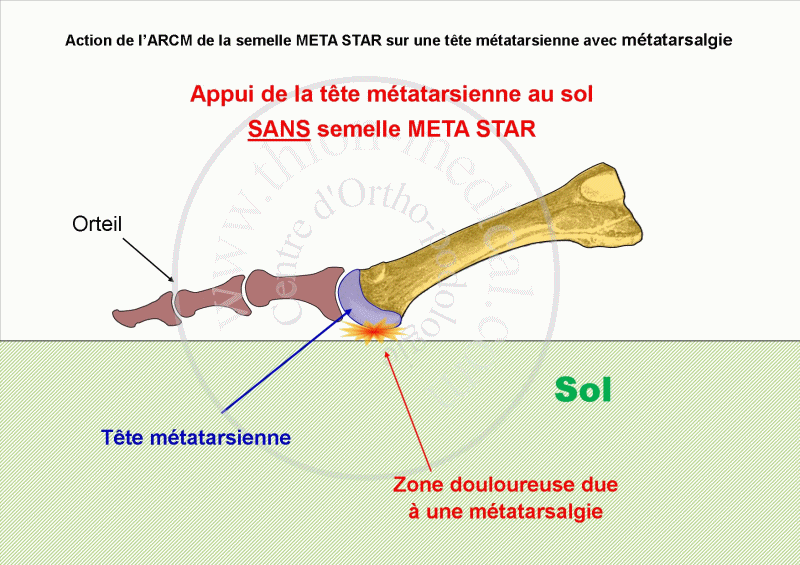
Pour le névrome de Morton
Le profil particulier de l'Appui Rétro Capital Médian de la semelle impose une courbure à la palette des têtes métatarsiennes qui augmente l'espace inter métatarsien et donc libère le nerf sensitif des orteils de toute pression (voir schéma dans la rubrique Pathologies).
Pour les métatarsalgies médianes
Là encore, le rôle de l'A.R.C.M. est déterminant par son bord d'attaque qui se place juste en arrière des têtes métatarsiennes pour les soulever afin de diminuer la pression d'appui au sol de cette zone douloureuse (voir schéma dans la rubrique Pathologies).
De plus, nous vous proposons notre crème de massage pour les orteils et pour l'avant-pied à l'huile essentielle de Lavandin aux vertus anti-inflammatoires, antalgiques et décontractantes. Si elle est appliquée régulièrement en massage, en fin de journée, elle prolonge et accélère l'effet bénéfique des semelles pour résorber progressivement les douleurs.
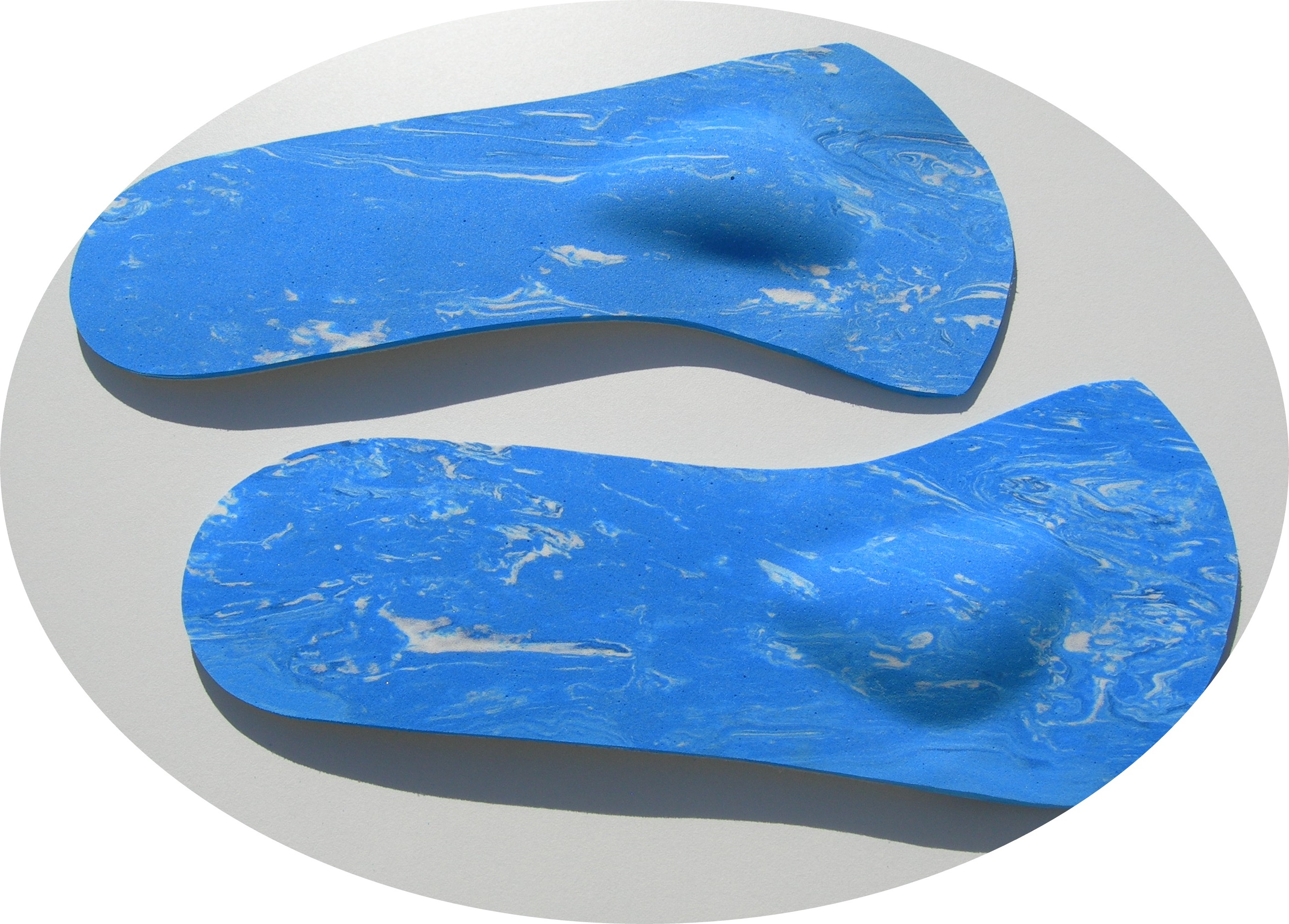
Produits associés

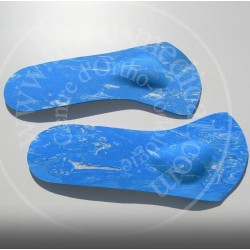
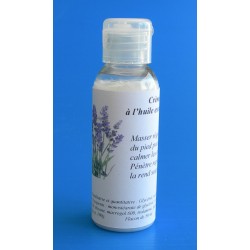
Maladie de Morton
Egalement appelée Névrome de Morton, se situe principalement entre l’articulation de la naissance du 3ème et 4ème orteil. L’irritation ou la compression du nerf plantaire qui passe dans cet espace inter-métatarsien entraine un gonflement qui déclenche de fortes douleurs à la marche. Des solutions simples à mettre en œuvre existent pour être soulagé. En lire plus…
Métatarsalgies médianes
Elles peuvent être confondues avec le névrome de Morton parce que situées au même endroit et les douleurs sont comparables. Par contre, ce sont les têtes osseuses des 2ème, 3ème et/ou 4ème métatarses qui sont incriminées. En revanche, elles se soulagent par la même action mécanique, avec des semelles orthopédiques possédant un Appui Rétro Capital Médian. En lire plus…
Durillon
C’est une callosité, située sous la plante du pied au niveau de l’articulation métatarso-phalangienne des orteils du milieu, qui créée une gêne voire une douleur. Les durillons, les cors et les yeux de perdrix sont des réactions de la peau à une hyper pression. C'est avant tout leurs emplacements qui les différencient. En lire plus…


